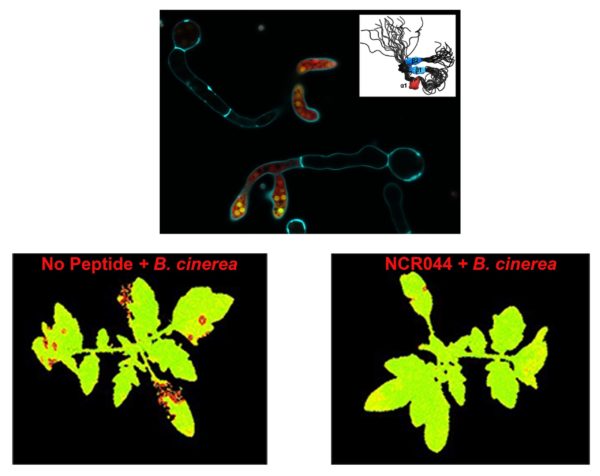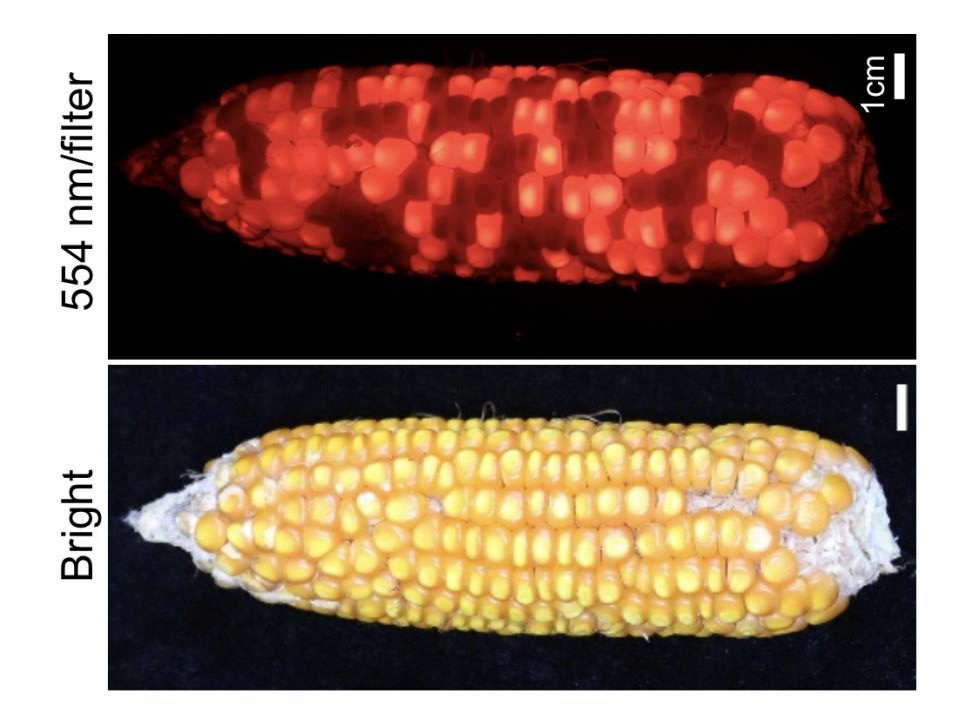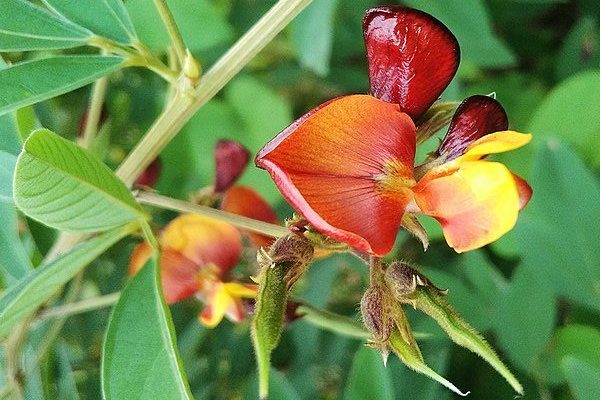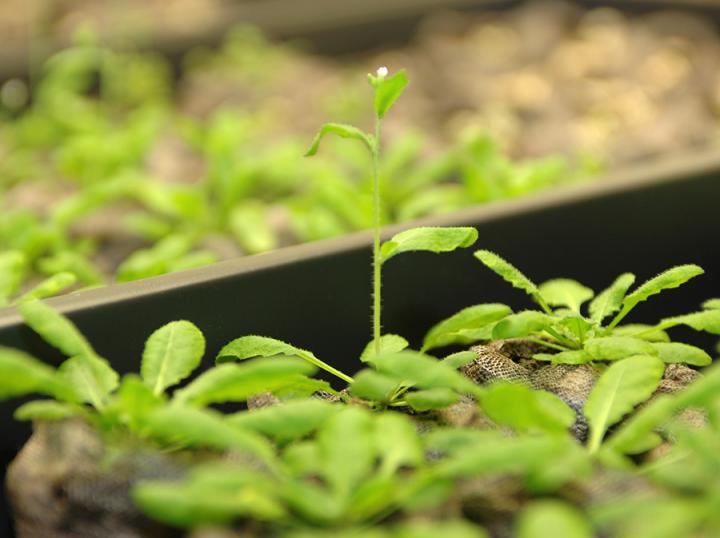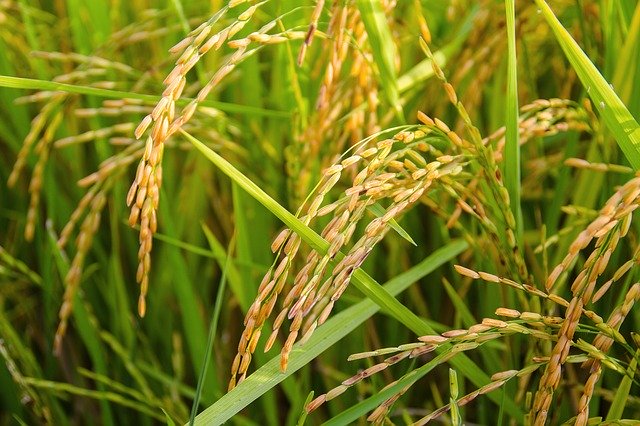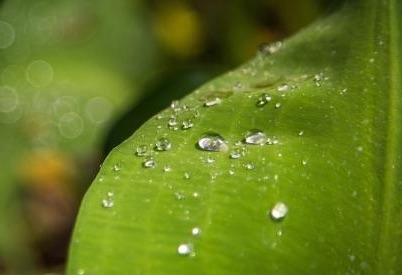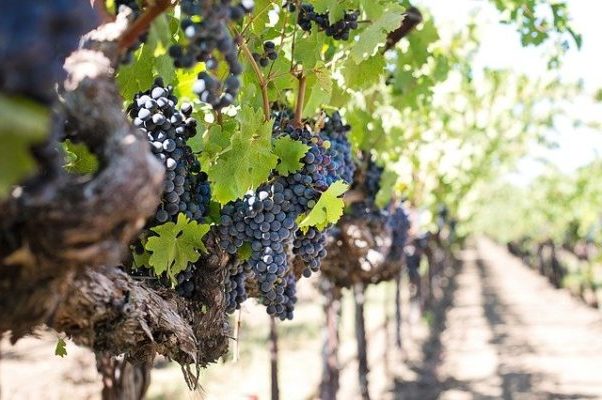
Grapevine is infected by more than 90 viruses, with new viral species discovered yearly as a result of the newer technology introduced by High-Throughput Sequencing (HTS). Within the last decade, HTS is used for virome identification (the assemblage of viral…
Read More



